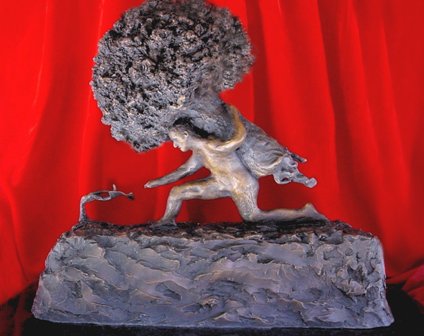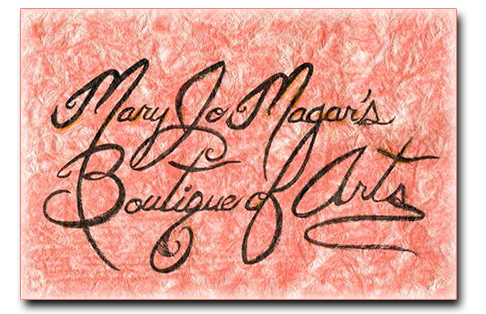 The Money Tree: Roots of Wealth
The Money Tree: Roots of Wealth
We meet the material world as a man,
young, strong, and handsome,
however, old, weak, and fake.
He charms with pleasure and fear,
soothes and threatens with comfort,
and ultimately excites with ambition
while making promises that he can never keep
anymore than he himself can be kept.
For women, he is the great lover;
For men, he is the great identity.
To all, he is the great dream
known as immaterial only in pursuit
while the objectives and objects of pursuit,
the “realities” that he embodies, remain unrecognizable
as nothing more than irony in worldly disguise.
The supreme objective of intrinsic objectivism,
he is all that is beautiful and all that is ugly
all at once, all the time, and all inspiring.
The great muscles of his power never tire,
and it is we who feel their strain
as his reach lengthens,
his hand broadens,
his grasp tightens . . .
Always for more of enough,
always to fill to excess an excess already filled,
a void already plentifully purposeful,
a stomach already full . . .
Money is the food
and desire, the hunger.
In the economics of materialism,
supply never reaches demand,
nor does demand reach supply.
The roots of vanity are the branches of ambition,
naked, like newborn flesh,
or verdant and fruited like the mature adult in season.
Aspiration endures as the trunk,
the ideal and the myth,
of the Money Tree,
and heavy is the weight of humankind’s folly
as it repeats as ever growing, gathering, circling rings in the trunk,
the material constancy of existence doomed
to never outgrow itself to rise above pettiness.
We reach for such small compensation,
indebted to the world on our backs,
the roots of wealth pulled from the same earth as graves . . .
and still the Money Tree grows . . .
– Mary Jo Magar –
